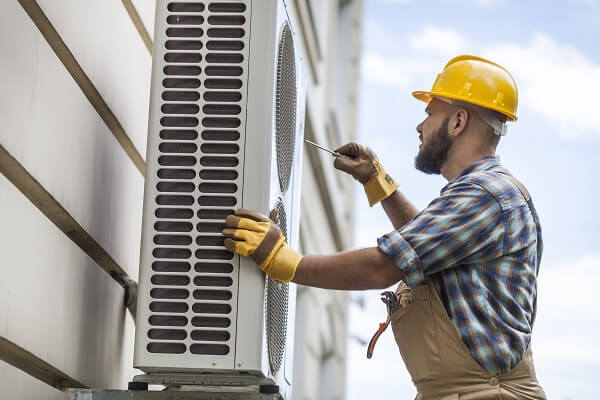Selecting the right type and size of the air conditioning system for your home’s HVAC system is not always easy. Certain physical factors around the home’s cooling affect the efficiency, performance, and cost of operating a central air conditioning system. Before making the final decision, homeowners must consider different types of AC systems, size, efficiency, and installation demands. In this article, you will learn about how to choose the right HVAC size for your home.
Why Does Size Matter?
Selecting the correct size of the air conditioner is essential when setting up a home cooling or heating system. Homeowners need to consult a professional Energy Management Consultant, who will consider the factors that affect the house’s cooling before choosing the AC size. Such factors include:
- The area of exterior walls exposed to the sun
- The total area of the home’s living space (aside from the square footage)
- The age, condition, number, and direction of the windows
- The existing ventilation system and ductwork
- Level of air sealing the insulation
- The amount of sun exposure
- The age of the home’s construction
- Level of shade from nearby trees and shrubs
Installing any HVAC system is not an option. The size of the system matters because a properly-sized air conditioning and heating system will run an optimally full cycle and keep the home heated or cooled for more extended periods.
An oversized AC system will rapidly cool the air in the house and turn off prematurely. However, the building structure (including the wood, walls, and furniture) will not be cooled properly, and soon enough, heat and humidity will set in, and the AC will start running over and over. Therefore, oversized HVAC systems run for short periods repeatedly, which can soon become costly.
On the other hand, an undersized system will not cook the house properly. It will operate endlessly, waste energy, and cost more money.
Understanding the meaning of TON and SEER
HVAC sizes are measured in tons of cooling power. One ton of cooling is equivalent to 12,000 BTU (British thermal units) per hour. For instance, a regular residential unit is a 2-ton unit, which cools at 24,000 BTU per hour and a larger 3-ton unit cools at 36000 BTU per hour.
Although two air conditioners may have the same tonnage, their energy efficiency ratio or seasonal energy efficiency ratio (SEER) could be completely different. After determining the correct tonnage size for home cooling, homeowners need to consider the system that has the best SEER rating and falls within their budget range. The higher the rating, the lower the energy consumption – about 5 percent less per SEER. This means that an older 12 SEER improved to the higher efficiency of 16 SEER will be about 20 percent more efficient and cost less to operate — systems with Energy Star qualification range between 12 and 23 SEER.
Final Note
Since the HVAC system is a crucial part of your home, it is important that you hire the services of a trained HVAC professional to work you through the complex process. This will ensure you get the correct and efficient system for your home and ultimately save money.
Get more information here: https://www.bevillstexas.com or call Bevills Plumbing, Heating & Air Conditioning at (325) 225-4115

